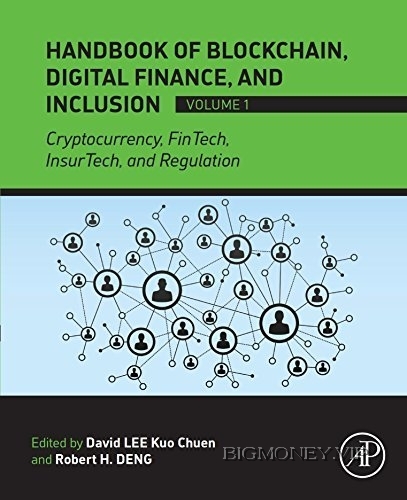
CHAPTER 1
Reshaping the Financial Order
Christopher Dula; David LEE Kuo Chuen
Abstract
The financial system, which governs and manages the practice of deposits, lending and
payments, is in the throes of disruption following the shortcomings of the current regime.
Despite US$11 trillion in quantitative easing since 2007, economic growth has been persistently
sluggish. The money isn't going where it should be. In 2015, McKinsey reported that global debt
had grown by US$57 trillion since 2007. The debt is becoming unsustainable, yet the global
debt-to-income ratio continues to rise disproportionally to any deleveraging. The Fed's
meandering signaling to nudge up interest rates beyond the near zero range raises concerns that
private and even public debt could become unserviceable, reeling the economy back into a
serious recession.
Keywords
Financial system; Financial regime; E-commerce; Digital payments; LASIC; Blockchain;
FinTech; Bitcoin
CHAPTER OUTLINE
1.1 Megatrends and New Alternatives
1.2 Digital Implications
1.3 Historical Context
1.4 E-commerce and P2P
1.5 The Rise of M-commerce
1.6 Weapons of Mass Consumption
1.7 Banking 2.0
1.8 Understanding the Model
1.9 The Democratization of Banking and Finance
1.10 The Incumbents
1.11 Cryptocurrencies and Blockchain
1.12 The FinTech Promise
References
The financial system, which governs and manages the practice of deposits,
lending and payments, is in the throes of disruption following the
shortcomings of the current regime. Despite US$11 trillion in quantitative
easing since 2007, economic growth has been persistently sluggish. The
money isn't going where it should be. In 2015, McKinsey reported that
global debt had grown by US$57 trillion since 2007. The debt is becoming
unsustainable, yet the global debt-to-income ratio continues to rise
disproportionally to any deleveraging. The Fed's meandering signaling to
nudge up interest rates beyond the near zero range raises concerns that
private and even public debt could become unserviceable, reeling the
economy back into a serious recession.
Low-interest rates and lack luster growth are likely to persist into the
longer term. For example, technological advancements, particularly in
computerization, communication and automation, will increasingly displace
jobs faster than labor markets can adapt. The result is persistent long-term
unemployment. And given the inverse relationship between unemployment
and inflation, there will be little rationale for policymakers to raise interest
rates. In a low interest rate environment, fractional reserve banking loses its
profitability.
At the same time, growing compliance costs and shrinking margins are
pushing banks towards greater consolidation. Once Basel III goes into




